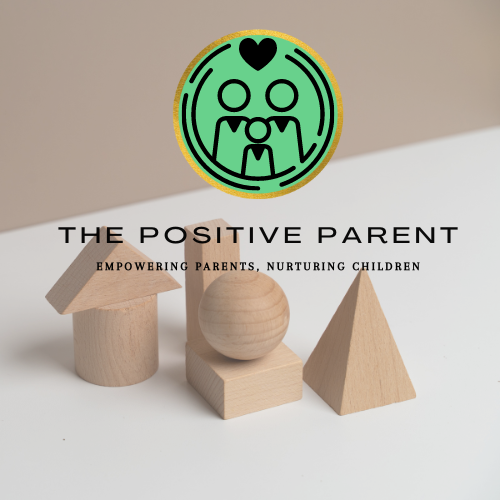Number Formation: A Cognitive Journey
Numbers are the building blocks of mathematics, and forming them is a fundamental ability that we learn at a young age. Our ability to understand and handle numbers is dependent on how well we understand their structure and representation, from counting apples to solving complex equations. In this blog article, we explore the intriguing realm of number formation, including cognitive elements, developmental milestones, and practical applications.
The Cognitive Process of Number Formation
- Numerical Intelligence
Our mental processes connected to numbers are referred to as numerical cognition.
It includes a variety of abilities like counting, recognizing digits, and comprehending amounts.
- Subitizing
Subitizing is the capacity to recognize little quantities without having to count them.
For example, if you see three dots aligned in a triangle, you know it's three without having to count them.
- Counting Techniques
In the beginning, children employ one-to-one correspondence (touching each object while counting). Later, they evolve more efficient tactics such as group counting (e.g., counting by twos).
- Placement Value
Number formation requires an understanding of place value.
It entails understanding that the position of a digit impacts its value (for example, 3 in 356 signifies 300).
Developmental Milestones
- Preschool
Preschoolers learn to count verbally and recognize numerals in early childhood.
They may use tangible things (blocks, fingers) or drawings to create numbers.
- Elementary School
Children improve their number formation abilities.
They learn how to accurately write numerals, grasp place value, and do fundamental calculations.
- Adolescence
Adolescents are introduced to increasingly difficult concepts such as fractions, decimals, and negative numbers. Their number sense evolves into something more abstract and adaptable.
Practical Implications
- Methods of Instruction
For young learners, educators should emphasize hands-on activities.
Visual aids (number lines, ten frames) improve comprehension.
- Errors That Are Common
Writing 6 as 9 is a typical reversal.
Such errors can be avoided with explicit education on proper formation.
- Anxiety About Math
Math anxiety can be exacerbated by incorrect number formation.
It is critical to foster a favorable attitude towards maths.
To summarise, number production involves more than merely writing digits; it is about laying the groundwork for mathematical thought. Understanding this process broadens our appreciation for the beauty of numbers, whether you're a parent, teacher, or lifelong learner.
However, I'm sure as a parent you are wondering 'How can I help my preschooler with the beginnings of number formation?' Here is how:
Begin with the Correct Starting Points:
Teach your child to write numerals from the top down. It is critical to begin at the correct position for consistent and accurate formation. Incorporate sensory information via tracing on textured surfaces (sandpaper, textured paper).
Make use of visual aids and rhymes:
Make visual cues, Draw arrows or dotted lines to help your youngster construct numbers with their hands. Find Number Tracing cards here: Number Tracing cards
Learn some amusing rhymes or chants about number formation. As an example:
"Around and back, that's the way to make a 2!"
"Down we go, and then across for a 7!"
Practice and repetition:
Repetition is essential. Encourage your child to write numbers on a regular basis.
For a multisensory experience, use diverse materials such as paint, sand, glitter, or even food (such as whipped cream).
Activities for Fine Motor Development:
Fine motor abilities can be strengthened by playing with playdough, threading beads, or using tweezers.
Fine motor development helps with writing control.
Number Formation Activities and Games:
Matching games involve matching numerals to printed words.
Tracing activities: Trace numbers with different materials.
Incorporate rhythm and song: While practicing formation, sing number songs.
Keep in mind that patience and good reinforcement go a long way. Celebrate minor victories and make learning fun!





Comments
Post a Comment